A hydrocarbon A, of C8H10, on ozonolysis gives compound (B), C4H6O2 only. The compound (B) can also be obtained from alkyl bromide (C), C3H5Br, upon treatment with magnesium in dry ehter, followed by CO2 and acidification. Identify (A), (B) and (C) and aslo give equations for the reactions.
The compound (B) is formed via the formation of Grignard reagent followed by reaction with CO2 and acidification. It shows that C3H5Br behaves like saturated compound. It is only possible if C3H5Br is bromocyclopropane (Cyclopropyl bromide).

(A) on ozonolysis gives only (B), hence it should be symmetrical unsaturated hydrocarbon.

Topper's Solved these Questions
Similar Questions
A hydrocarbon A of the molecular formula C8H10. On ozonolysis gives only the compound B(C4H6O2). The compound B can also be obtained from the alkyl bromide C(C3H5Br) upon treatment with Mg in dry ether followed by the addition of CO2 and acidification. Identify A,B and C and also give equations for the reactions.
View SolutionA hydrocarbon A of the molecular formula C8H10. On ozonolysis gives only the compound B(C4H6O2). The compound B can also be obtained from the alkyl bromide C(C3H5Br) upon treatment with Mg in dry ether followed by the addition of CO2 and acidification. Identify A,B and C and also give equations for the reactions.
View Solution
Knowledge Check
Compound (A) C8H6O2 on treatment with aq. NaOH followed by acidification gives (B) C8H8O3 which on oxidation gives benzoice acid only :
A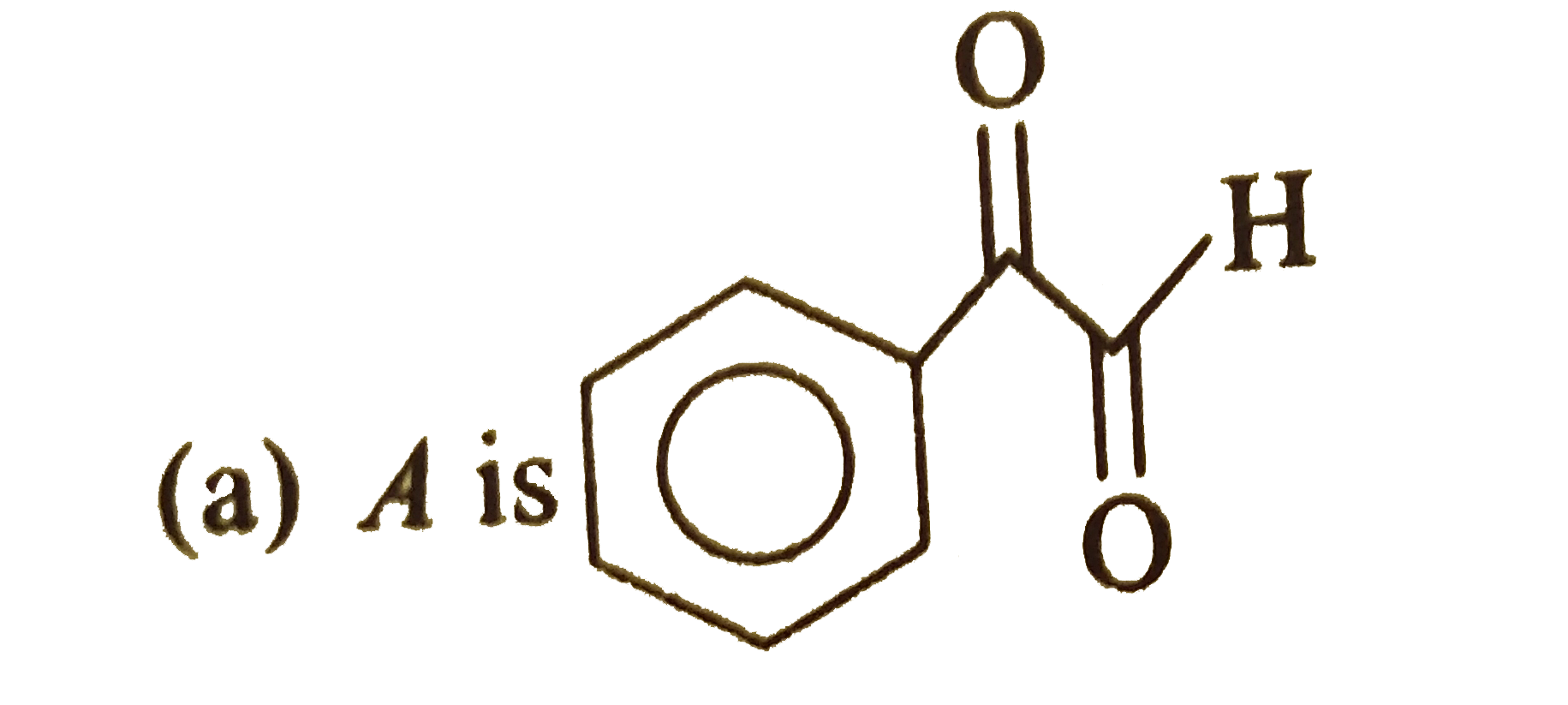 B
B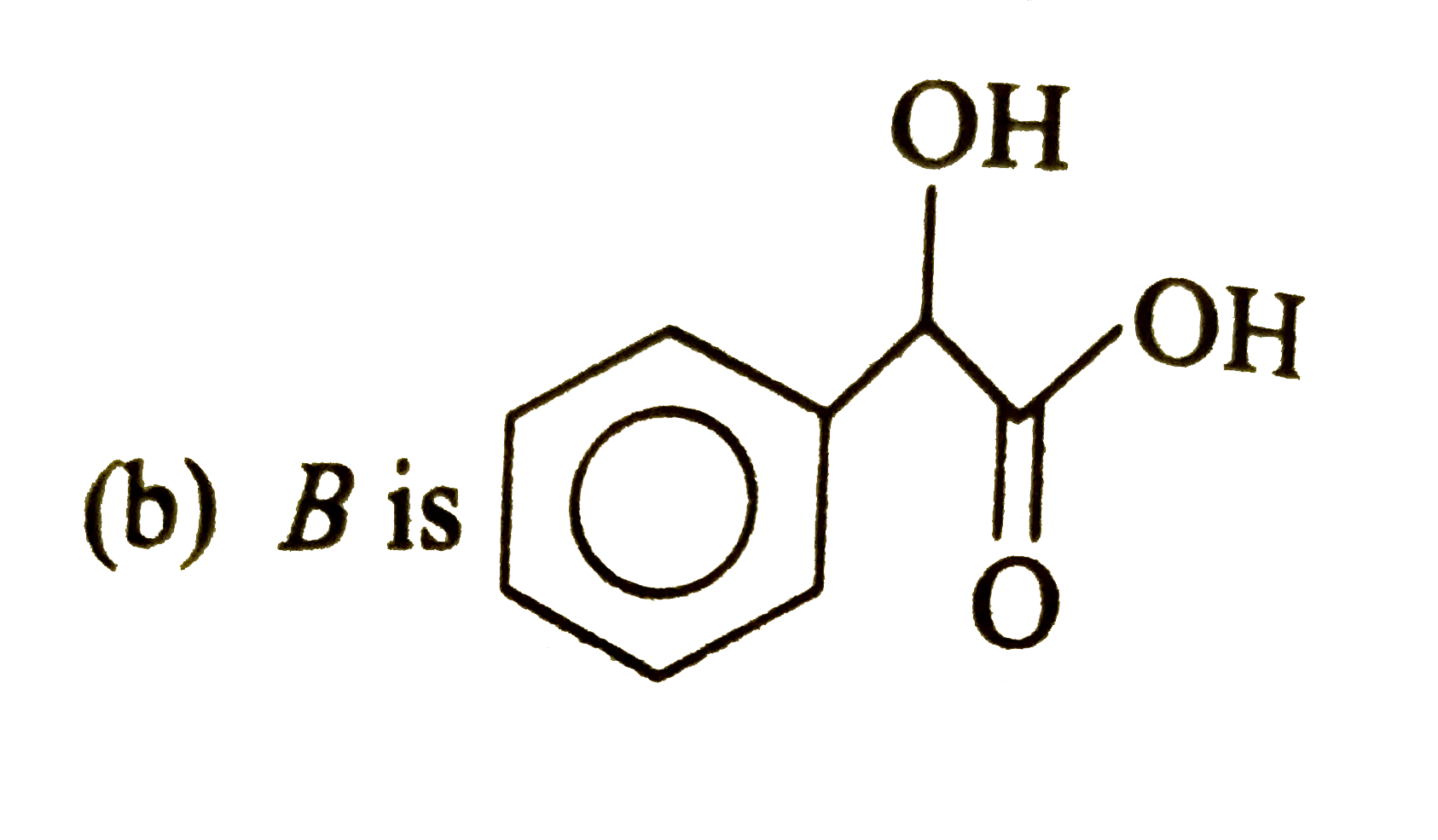 C
C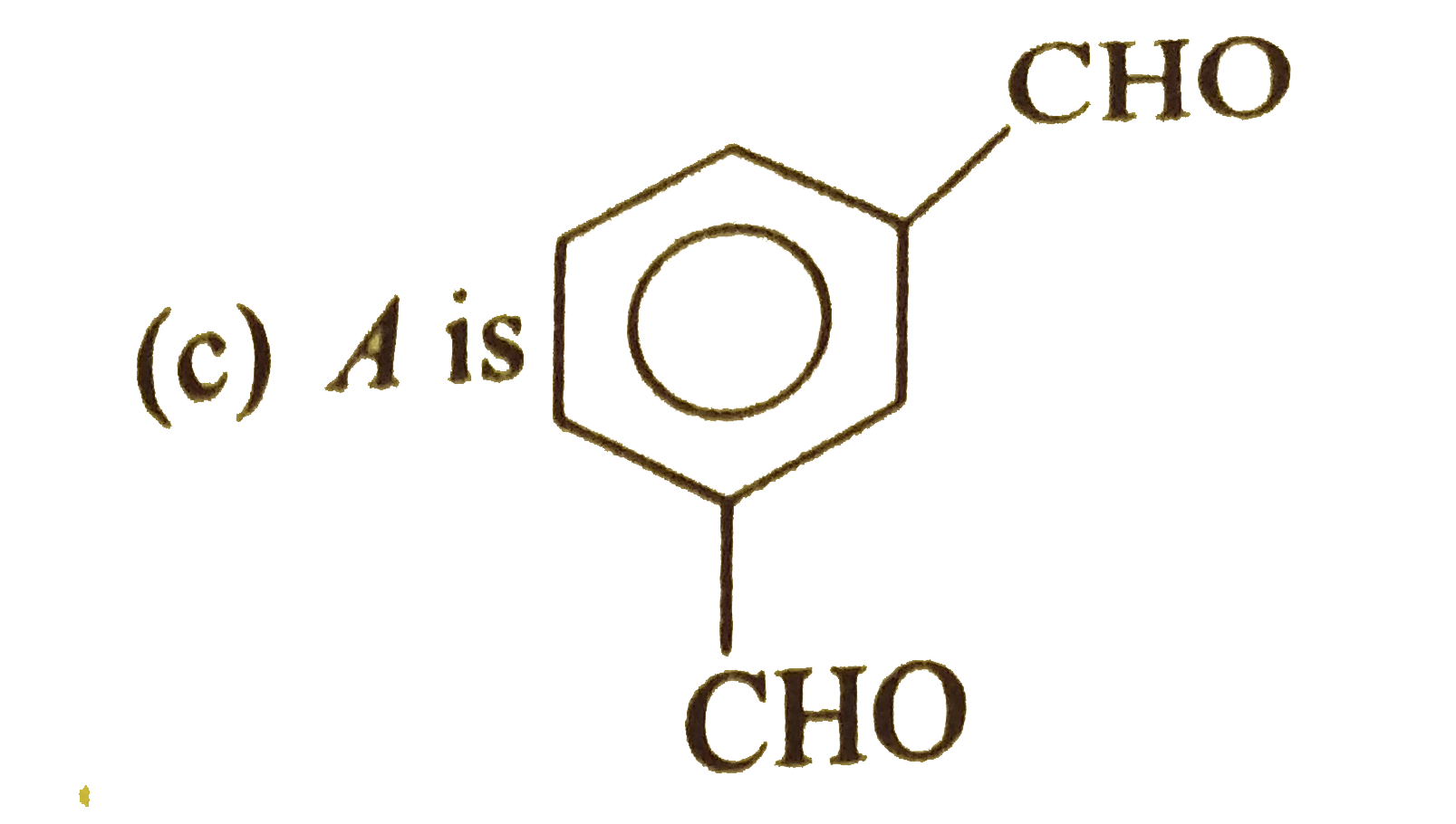 D
D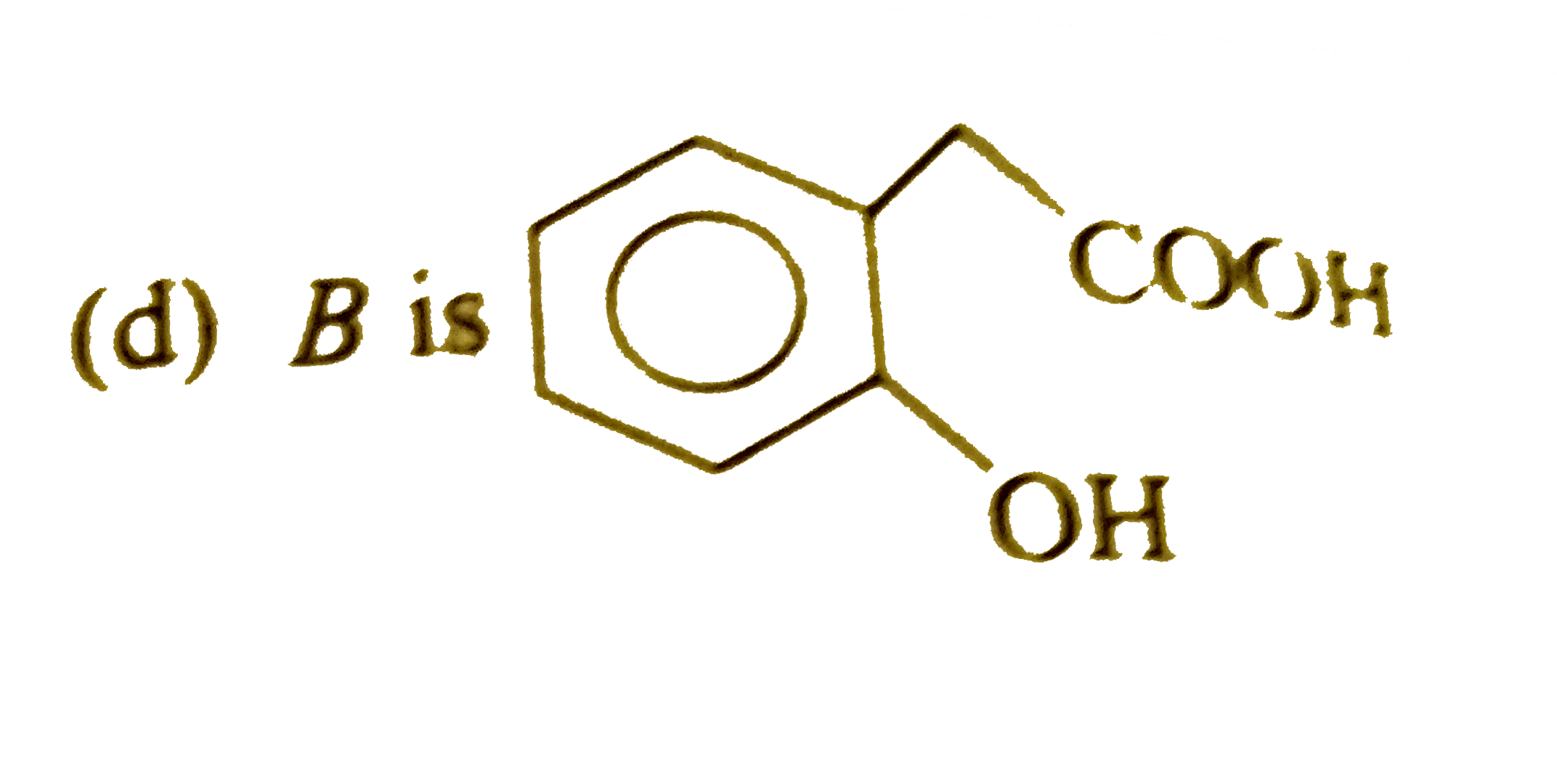
Compound (A) C8H6O2 on treatment with aq. NaOH followed by acidification gives (B) C3H2O3 which on oxidation gives benzoic acid only:
A B
B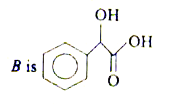 C
C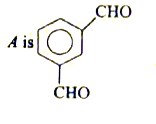 D
D
An organic compound ‘A’ C8H6 on treatment with dilute H2SO4 containing mercuric sulphate gives compound ‘B’. This compound ‘B’ can also be obtained from a reaction of benzene with acetyl chloride in presence of anhy AlCl3. ‘B’ on treatment with I2 in aq. KOH gives ‘C’ and a yellow compound ‘D’. Identify A, B, C and D. Give the chemical reactions involved.
View SolutionAn organic compound (A) , C_(8)H_(10)O. The compound (B) upon treatment of alkaline solution of iodine gives a yellow precipitate. The filtrate. The filtrate on acidification gives a while solid ("C") , C7H6O2. Give structures of A, B, C and explain the reactions involved.
View SolutionAn organic compound (A) C8H4O3 , in dry bebzene in the presence of anhydrous AlCl3 gives compound (B ). The compound (B) on treatment with PCl5 followed by reaction with H2/Pd(BaSo4) gives compound (C ) which on reaction with hydrazine gives a cyclide compound (D) (C14H10N2). Identify (A), (B) (C ), and (D) Explain the formation of (D ) from (C ).
View SolutionA hydrocarbon 'A' (C4H8) on reaction HCl gives a compound 'B', (C4H9Cl) which on reaction with 1 mol of NH3 gives compounds 'C' (C4H11N). On reacting with NaNO2 and HCl followed by treatment with water compound 'C' yields an optically active alcohol, 'D'. Ozonolysis of 'A' given 2mols of acetyldehyde. Identify compound 'A' to 'D'. Explain the reaction involved.
View SolutionA hydrocarbon 'A' (C4H8) on reaction HCl gives a compound 'B', (C4H9Cl) which on reaction with 1 mol of NH3 gives compounds 'C' (C4H11N). On reacting with NaNO2 and HCl followed by treatment with water compound 'C' yields an optically active alcohol, 'D'. Ozonolysis of 'A' given 2mols of acetyldehyde. Identify compound 'A' to 'D'. Explain the reaction involved.
View SolutionA hydrocarbon 'A' (C4H8) on reaction HCl gives a compound 'B', (C4H9Cl) which on reaction with 1 mol of NH3 gives compounds 'C' (C4H11N). On reacting with NaNO2 and HCl followed by treatment with water compound 'C' yields an optically active alcohol, 'D'. Ozonolysis of 'A' given 2mols of acetyldehyde. Identify compound 'A' to 'D'. Explain the reaction involved.
View Solution
